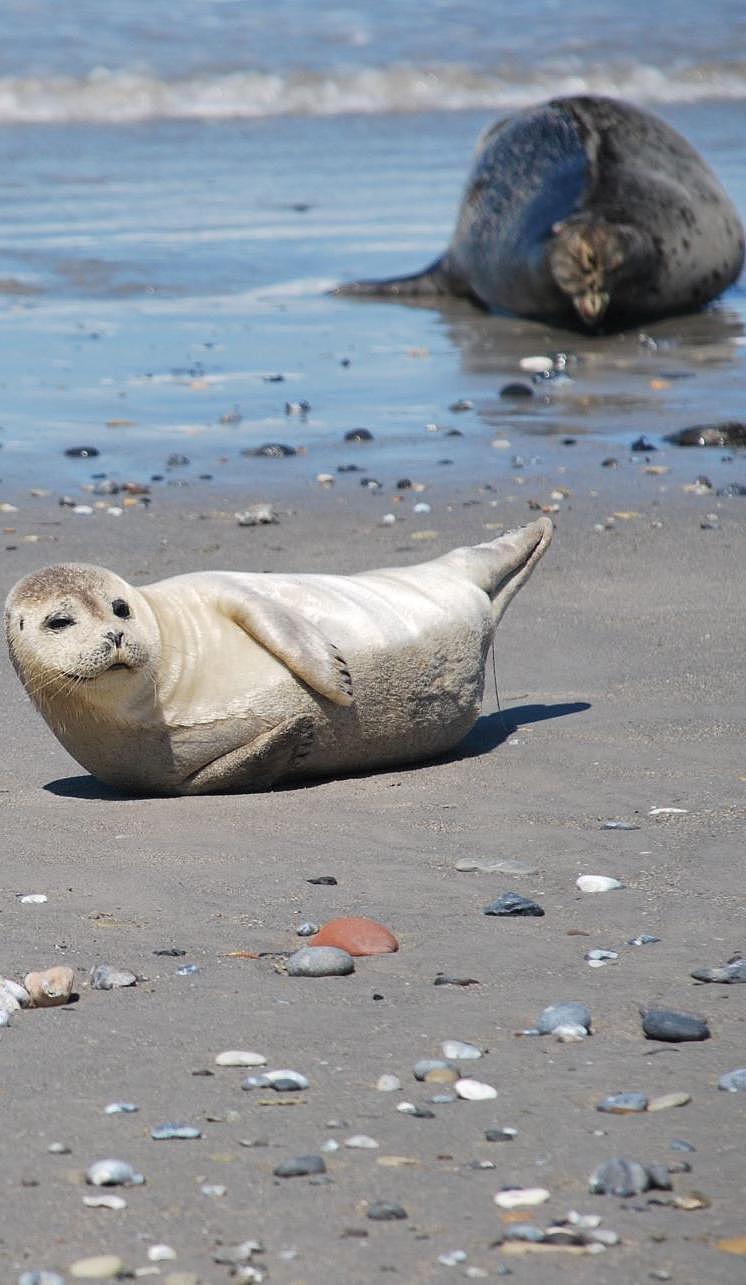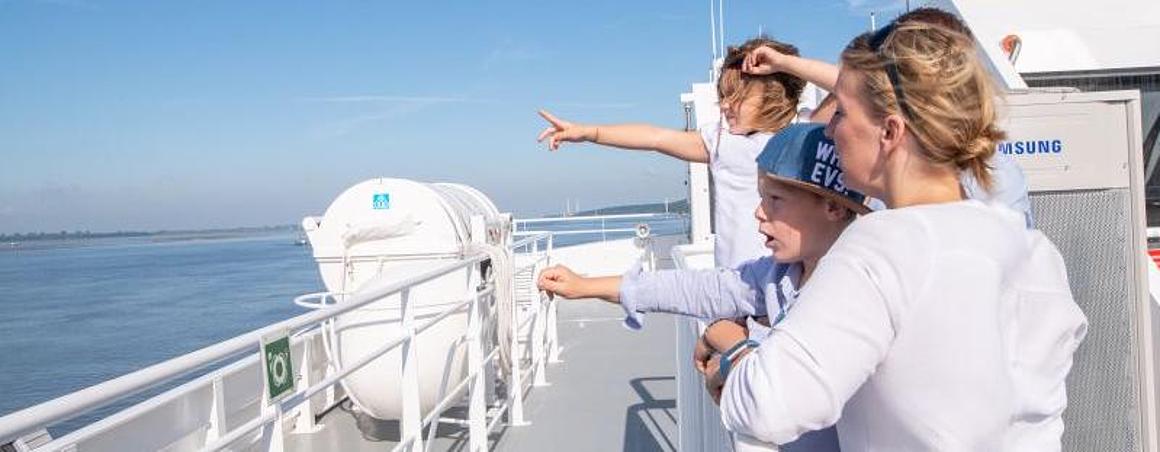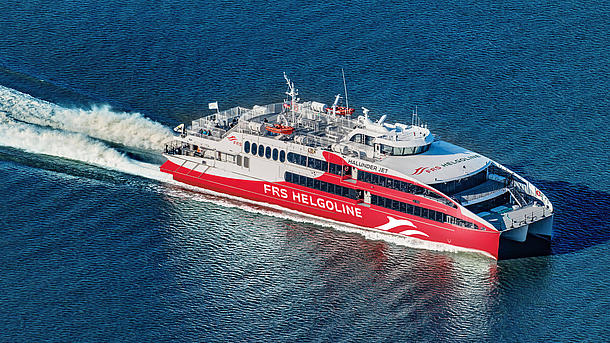The differences between seals and grey seals
Telling the two seal species apart at first glance can take some practice - especially from a ship.
Even when fully grown, seals are somewhat smaller than their relatives, the grey seals. Nevertheless, male seals grow up to 1.80 m long and weigh 100 kg, while female seals are about 1.50 m long and weigh 80 kg. By comparison, adult grey seal bulls can even grow up to 2.50 m long.
The head shape of the animals also offers the possibility of differentiation. The head of harbour seals tends to be rounded and compact, while grey seals tend to have an elongated, pointed skull shape.
Both female seals and their males have greyish-silvery fur with dark patches. Grey seals are characterised by either light grey fur with dark spots (females) or dark fur with light grey spots (males). No wonder, then, that confusion can occur.
Grey seals have their pups in the Wadden Sea in early summer. Female grey seals give birth in the winter months from November to January - certainly also on the coast of Heligoland.
Probably the biggest difference, however, is the occurrence, because the chance of encountering a seal is significantly lower. After all, there are about six times more grey seals than harbour seals on the German coasts. So it's good to know exactly where to look.




